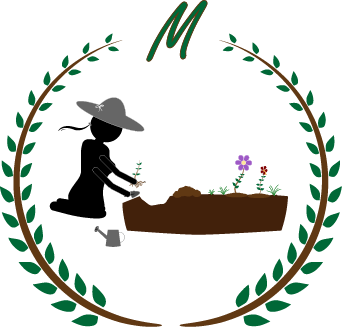How to grow thyme in the garden
Thyme is a drought-tolerant perennial herb that belongs to the Lamiaceae family. It is native to Southern Europe and grows well in hot weather conditions. It is mostly used for cooking and medicinal purposes. In cooking it is used to flavour dishes.Here is how to grow thyme in the garden.
Growing Conditions for thyme
When the conditions are right thyme grows quite fast and can be harvested for use. The optimum temperature for thyme to grow well is between 20°C to 30°C (68°F to 86°F). It needs 6 to 8 hours of sunlight every day. The soil ph should be between 6 to 8. Avoid overwatering thyme, water when the soil is dry. Thyme grows well in average soil conditions so you don’t need to fertilize it often.
How to grow thyme from seed
Thyme seeds take a long time to germinate( 14 to 28 days). You can sow thyme seeds indoors and after they have grown a bit tall you can transplant them outside.
Take a seed tray and fill it with a seed starting mix. Make a quarter-inch hole and sow 2 to 3 seeds in each cell. Then cover it with a thin layer of soil and water. If you have watered it too much then allow the water to drain. Then use a plastic sheet to cover the seed tray. Place the seed tray in a bright location. The plastic sheet helps to maintain the warm conditions that are essential for germination.
After your seeds have germinated, remove the sheet and wait until they have grown 3 to 4 inches tall. You can then transplant them to your garden or to containers. If you are growing multiple thyme herbs in your garden then make sure there is at least 20 inches gap between each herb. If you are growing them in containers then make sure the containers are 6 inches deep and wide.
Pests and Diseases
Some of the pests that target thyme plants include Aphids and spider mites. You can make your garden more welcoming to beneficial insects to get rid of these pests. Find out how to attract these insects to your garden. You can also use organic extermination methods to get rid of them.
Layering thyme
Thyme is a self-propagating plant, so it will generate roots and form additional plants. They can be removed from the parent plant and planted somewhere else.
Read more:
- How to grow oregano in your home.
- How to grow lavender in your home.
- How to grow basil from seeds in containers.
- How to grow and care for rosemary.
